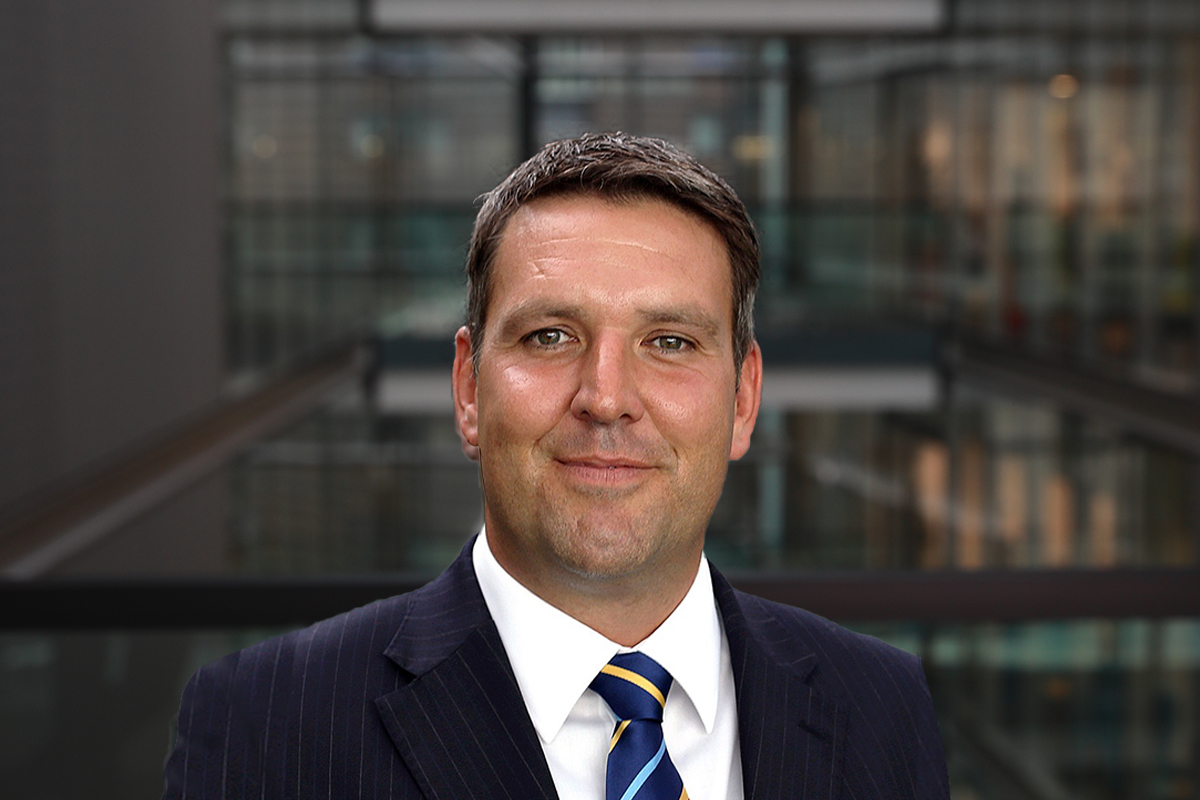EY refers to the global organization, and may refer to one or more, of the member firms of Ernst & Young Global Limited, each of which is a separate legal entity. Ernst & Young Global Limited, a UK company limited by guarantee, does not provide services to clients.
How EY can help
-
EY IA services can help your business define the IA vision to create value from thought leadership, digital insights, and risk management. Learn more.
Read more
The RCF has exceeded Network Rail’s expectations and has proved invaluable for their business. Designed collaboratively from start to finish, with the needs of the end user at the centre, it is intuitive, high-impact and, above all provides vital and valuable insights. It represents a critical step on their journey from traditional, compliance-focussed internal audit, towards using real-time risk intelligence to build an Internal Audit function for the future.
The RCF – which has now been live for a year – has added significant organisational value for Network Rail by helping to generate more informed conversations about internal audit findings, whilst the RCF’s dashboard interface makes the underlying themes clear to business stakeholders. For example, the root cause of multiple internal audit findings might be a gap in procedural documentation, or supporting training – but without the means to recognise and interrogate patterns in audit data, such instances are difficult to identify.
Business risk and control owners across Network Rail can access the RCF dashboard in real time and see where their core weaknesses lie; this, coupled with its visually engaging nature, makes it easier to proactively address issues. As a result, the internal audit team are required to undertake less follow- up activity; relationships have improved, and there has been a positive shift in how internal audit is perceived in the organisation.
“Internal audit can be a difficult area to engage with and it is often hard to generate interest and excitement. But with its high-impact, highly engaging dashboard, this tool has attracted positive comments from stakeholders from the moment I first presented it. Since then, it has become part of our language.” – Gerry Mansey
Additionally, the aggregated insights emerging from the RCF provide a fact-based sense check to compare the organisation’s annual controls self-assessment (Group Assurance Letter Process) against, enhancing overall assurance.
The dashboard has had such an impact that Network Rail Non-Executive Directors have asked to share it with other organisations as an example of good practice. It is an illustration of collaborative working to co-develop a solid foundation for deriving meaningful, actionable insights from large volumes of complex information.
What next?
The initial phase of the engagement was focused on developing and embedding the RCF and on building and rolling out the dashboard for use in business-as-usual activities. Now EY teams and Network rail are working together to continue enhancing the value the internal audit function delivers.
Alongside ongoing development of data analytics, the teams are now working closely to build out tangible, consistent ways of identifying and measuring behavioural factors in audits linked to the root causes. This will drive a deeper understanding of the behavioural drivers that create issues and facilitate the development of targeted actions aligned to Network Rail’s wider business strategy and goals - whether behavioural or procedural.
Maintaining a collaborative approach will continue to be key to the project’s success. By integrating Network Rail’s knowledge of the organisation, with EY technology and risk management experience, the project team will continue to equip the internal audit function to answer the all-important question “why?” and help to embed the human factor that lies at the heart of the commitment of putting passengers first.








